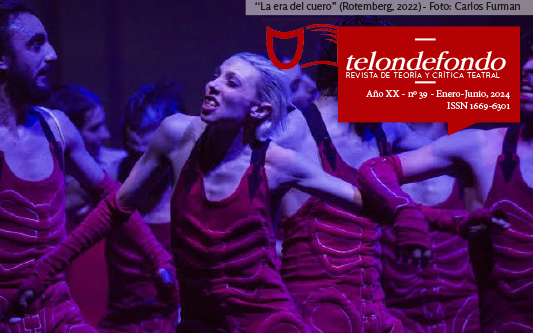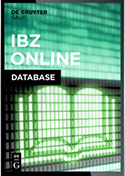Formal Semiotics: A Method for Scenographic Analysis
Abstract
Since 2001, the School of Visual Arts (Escuela Superior de Artes Visuales, ESAV) in Tijuana, Mexico, has been developing a protocol to apply the scientific method to the study of art and, in particular, enable the analysis of meaning in the visual arts. Several theoretical models have derived from this research and serve as the basis for various professional training programs at the school. In this work, we reveal how our institution has adapted the formal-semiotic analysis developed in the visual arts to study scenographic composition, a foundational method for our MFA in Scenic Design and Production. The article borrows from individual materials by the three authors and synthesizes their observations around the same question: what factors determine the visual meaning perceived on stage by the spectator and how? We subscribe to basic tenets in the physiology and neurology of visual perception, particularly the split focus of human sight into systems of “where” (achromatic) and “what” (chromatic) as well as the structure of the artificial perceptual field (derived from the mental map of the retina based on the ocular muscles). This paper provides a method to help predict and guide emotional responses from the audience and, ultimately, their interpretation of the mise en scène.Downloads
Copyright (c) 2024 telondefondo. Revista de Teoría y Crítica Teatral

This work is licensed under a Creative Commons Attribution-ShareAlike 4.0 International License.
Los autores/as que publiquen en esta revista aceptan las siguientes condiciones:
-
Los autores/as [traductores] conservan los derechos de autor y ceden a la revista el derecho de la primera publicación, con el trabajo registrado con Licencia Creative Commons Atribución-NoComercial-CompartirIgual 4.0 Internacional, que permite a terceros utilizar lo publicado siempre que mencionen la autoría del trabajo y a la primera publicación en esta revista.
-
Los autores/as pueden realizar otros acuerdos contractuales independientes y adicionales para la distribución no exclusiva de la versión del artículo publicado en esta revista (p. ej., incluirlo en un repositorio institucional o publicarlo en un libro) siempre que indiquen claramente que el trabajo se publicó por primera vez en esta revista.
-
Se permite y recomienda a los autores/as a publicar su trabajo en Internet (por ejemplo en páginas institucionales o personales).











